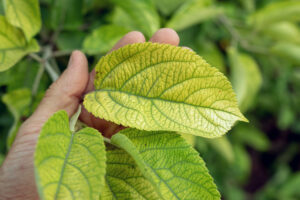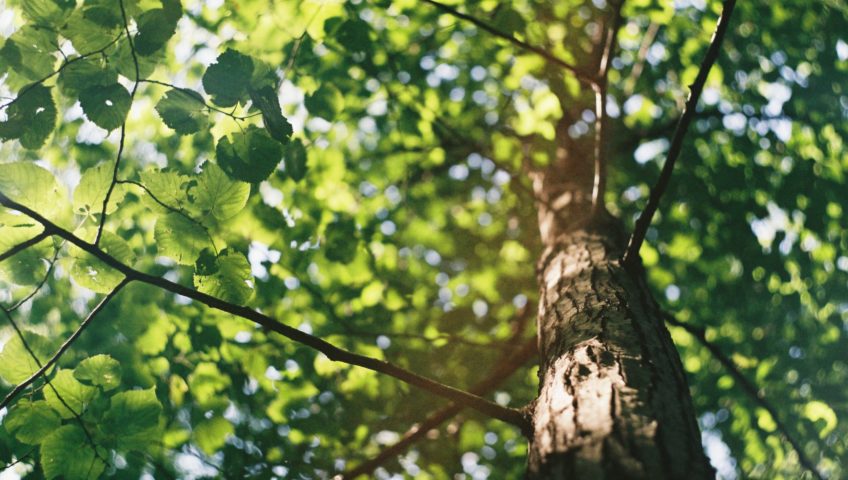Trees are among the most important parts of any yard in Minnesota. They make our properties beautiful and they give us all the shade and privacy we need when we spend time outside. Because trees hold such great value to us, it’s a tragedy when they suddenly start to die.
Why do your trees fail? There are several common culprits. If your trees in Minnesota have shown signs of illness, or if one has died and you don’t want to lose another, here are some common dangers to be vigilant for.
Top 5 Reasons for Tree Failure

- Damage – The most obvious reason for tree failure in Minnesota is physical damage to the tree. This can occur from such things as a tree splitting or collapsing during a windstorm, or being struck by a motor vehicle. But what you might not realize is that one of the parts of a tree which is most vulnerable to damage is the root system. Roots are often damaged by vehicles driving over them, and it doesn’t take a semi-truck; even a riding lawn mower can harm tree roots by passing over them frequently! Root damage may take years to affect a tree but, if widespread enough, it can lead to tree failure.
- Soil Compaction – Given that roots absorb water and minerals that are vital to a tree’s survival, good root health is necessary to prevent tree failure in Minnesota. Some soils, like clay, are naturally more compact, making it difficult for trees to thrive when planted in them. However, any soil can become compacted when in close proximity to construction. This is why you rarely see trees growing tall in cities, even when there’s space for them. Concrete and asphalt make it difficult for roots to spread and gather key nutrients, which eventually results in tree failure.
- Pests & Disease – Insects and fungal diseases pose a great threat to trees in Minnesota. Among pests, the most infamous is the emerald ash borer, which nests in ash trees. Once an EAB infestation has taken hold in an ash tree, failure is practically guaranteed. Elm bark beetles are another persistent pest that often carry a fungus that causes Dutch elm disease, which will result in tree failure if allowed to advance. Other common fungal diseases which can have a devastating impact on native trees include oak wilt and diplodia blight.
- Poor Soil Quality – One of the most important contributing factors to a tree’s success is the soil it’s planted in. If you can’t figure out what’s causing tree failure in your yard in Minnesota, it’s likely that you’ve got bad soil on your property. Try doing a soil test, which will allow you to determine if your soil contains enough important macronutrients like nitrogen, phosphorus and potassium. A soil test will also allow you to determine the pH level of your soil. Different trees thrive in different levels of soil acidity, but a pH level between 5.5 and 7.5 will be ideal for most trees. Unfortunately, debris and waste runoff in developed areas often leads to a high pH level in the soil, which can be a factor in tree failure.
- Climate – Minnesota’s intense temperature changes, particularly its cold winters, can be a cause of tree failure. Most of Minnesota falls into Plant Hardiness Zone 4 or 5, with the Twin Cities metro classified as Zone 4b. This means that only trees that are highly cold-resistant can flourish in Minnesota. If you’ve planted non-native trees that struggle to bounce back after winter or die outright, check their hardiness zone; odds are, they’re not suitable for Minnesota’s climate.
Prevent Tree Failure With Professional Tree Care
To keep your trees in good health so that they don’t begin to decline, you might need the help of a local company that specializes in tree health care. Connect with Pro-Tree Outdoor Services today for expert tree health care services in the greater Twin Cities area!


Write a Comment